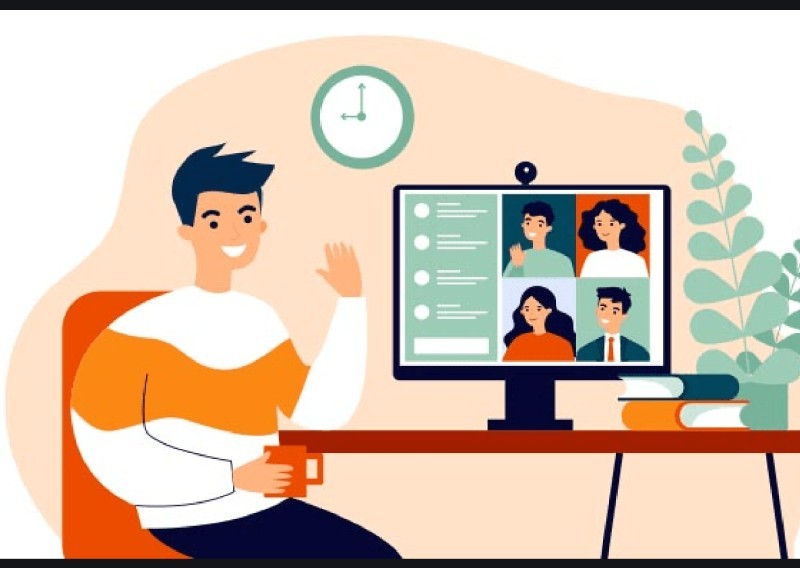A presentation or a speech takes a lot of effort and time. And copying your old presentation is not a good idea. Even if you modify that, it is still not fresh and authentic, although it may be your own creation. Being a virtual speaker is different from regular on-stage speakers.
Speaking in a virtual event and speaking on a stage in front of people are two different things. Even seasoned speakers need practice before delivering the speech.
For the best result, one needs to follow some practices or methods to develop and maintain good speech and presence during virtual talks.
The ten best practices for virtual events/speeches are:
1.Dress code, background, and posture: Business casual clothing is generally the correct choice for presenting from home. Select solid colours and avoid busy patterns. Select a neutral background and test the lighting.
Follow these simple tips before starting the event.
Don’t sit in front of a window
Be careful about background noise
Set webcam to eye level
Home offices or bookcases are good choices as background
Remember that the audience is watching your facial expressions and hand motion. Be careful and don’t fidget or play with your hair often. Don’t swivel in your chair and maintain good posture. Don’t forget to smile, and keep your energy level at a reasonable level. Pause to emphasise key points and use a tone of voice aptly.
2.Using multiple monitors: You must have at least two monitors. When you are presenting during the webinar, keep the slides on a laptop screen also where the cam is. Then the second monitor to see everyone’s face to assess the engagement.
3.Not just words; use gestures: Sitting motionless and delivering a speech like a robot is a big no in virtual speaking. You need to use your hands, eyes, and body to give oral and positive signals to your body. The way you carry yourself shows your confidence and charisma. It is the best way to get the attention of the audience.
Simplify the concept with the visuals you have, and repeat key points rather than continuing the monotonous speech. People get more interested and grasp information better when it is exciting, and also when body gestures are involved and visual presentations are present.
4.Incorporating video elements: Short video clips, animations, etc., can contribute to level up your presentation. A speech is not just what the audience wants, especially when it is about business or any serious matter. The video info you present will have an impact on the audience’s understanding.
5.Have a one-on-one connection: Talking to many people, primarily via camera, will limit the audience’s engagement. Sometimes people will be distracted for a few minutes as they are not present in that place mentally. Try to have a conversation with a single person for a few minutes and move on to another. Also, ask for any feedback/doubts after a good amount of speech/presentation is finished or at the end.
6.Breakout method: After completing the presentation/speech, break the audience into few groups and disengage with them after giving a few questions on the presentation. Reconnect after the given period and let each group come up with the answers. Each group and each person will have something to add to the main event.
7.Use tools for more engagement: Trying interactive tools are an excellent option to improve concentration. Google meetings have this Nod React add-on that lets the speaker ‘read the room’ by giving them a few questions. Engaging in chat or having another way for the audience to ask questions and give feedback is critical. A prepared audience will add value to the meeting.
8.Monitoring the chat: Have someone to help you keep track of everything. With just a handful of people, all the interaction is possible via conversation. Hear them speak and make sure you get the messages they send you in the meantime.
9.Be fun and relaxed: In many industries, people are sometimes or most of the time stressed out. Especially in this time of the pandemic, everyone is a bit stressed. Don’t feel self-conscious and be you, and continue the presentation with confidence.
10.Try new things, adjust and repeat: Experiment and adjust; it is the way to go ahead. Modify your speech/presentations with your knowledge of different fields. If you are a musician, you can include music or something related to your topic with music or art. If it is a success, you can repeat it in the following speech.
Being a virtual speaker is not easy, but it is not impossible. With your experience and knowledge, you need these soft skills to succeed as a professional speaker.
If you incorporate these points in your speech/presentation, you will get a good response from your audience, and the presentation will get better every time.











